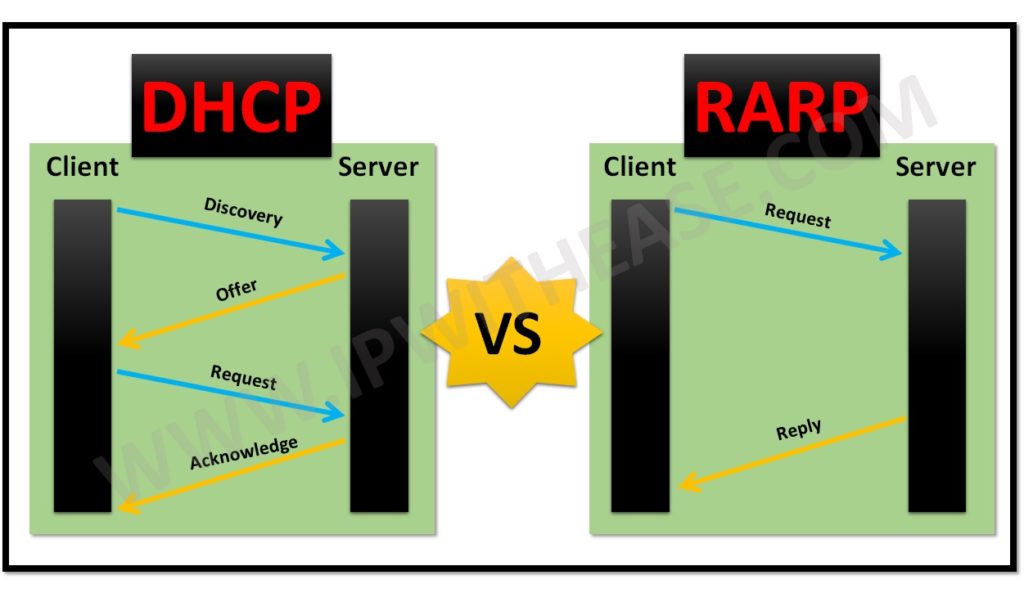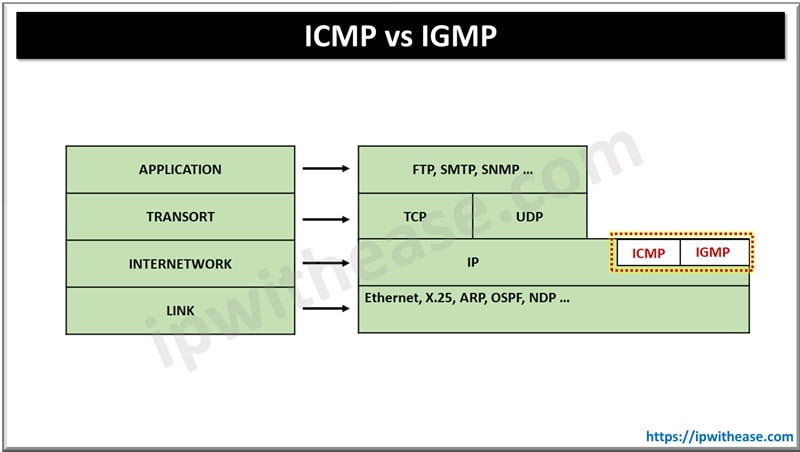Table of Contents
TCP is a connection-oriented protocol and there is a procedure for connection establishment as well as connection termination. Before termination of connection both parties check to ensure all data is relayed to the receiver. A final byte is sent to indicate the session is concluded and connection can be closed now. The TCP FIN packet does the job of disconnection requests at protocol level. But there could be situations where connection requires immediate reset or termination due to system and protocol errors.
In today’s topic we will learn about TCP Fin retransmission, why they occur and how they need to be handled?
What is TCP FIN Retransmission
TCS FIN packet is required to close a connection. During normal scenarios both sides (client and server) send and receive data and connection termination happens as soon as one side signals that connection needs to be closed as there is no more data to be transmitted to ensure connection shutdown happens in a graceful manner. FIN-ACK indicates FIN is acknowledged and FIN indicates there is no more data to be transmitted by sender.

Figure 1: TCP FIN delayed closure and retransmissions
TCP FIN is exchanged between server and client to close the connection. Figure 1 shows TCP delayed closure and FIN retransmissions. This is a special scenario when a client application moves into the background and when connection is closed by server after timeout, it sends TCP FIN to client and client kernel acknowledges back the server.
The received FIN (Server closure) at client kernel is not notified to application immediately if application is in its background. When an application comes in the frontend the application is notified of server closure and then client-side closure will be initiated. This causes delay in TCP FIN from the client side.
The server might have released socket resources by the time TCP FIN reaches server side resulting in client TCP FIN packets being silently discarded by server without sending any RST packet to avoid any miscommunication at client end. As the client has not received ACK or RST it keeps on sending TCP FIN closure packets to the server.
Resolving TCP FIN Retransmission Issues
To resolve TCP FIN retransmission issues there are several technical steps which network administrators can take to troubleshoot.
- Analyze packet capture – the very first step to troubleshoot TCP retransmission issues is analyze packet capture. Packet capture can provide information about network traffic to identify the root cause of the issue.
- Modifying TCP settings – this may include change in Max Segment Size (MSS), receive window size or timeout value.
- Network device upgrades – can help to address this issue as sometimes faulty devices can cause TCP retransmission issues.
- Network congestion optimization – QoS can be implemented to prioritize critical traffic and minimize impact of congestion in networks
- Connectivity issues troubleshooting – issues can cause retransmission problems; they may include checking physical connectivity, IP address and subnet mask verifications and DNS settings checks.
Key Points to Summarize: TCP FIN Retransmission
TCP 3-Way Handshake for Closing
A TCP connection is closed via a two-step process:
- One side sends a FIN packet to signal that it has finished sending data.
- The other side responds with an ACK, acknowledging the FIN, and may also send its own FIN when ready to close the connection.
Reason for Retransmission
- The original FIN packet may be lost due to network issues like congestion or packet drops.
- If the sender does not receive an ACK for its FIN packet within the expected timeout period, it retransmits the FIN.
TCP Retransmission Mechanism
- TCP has built-in timers to detect lost packets. When a FIN packet is not acknowledged within the timeout window, the TCP layer initiates retransmission.
- Retransmissions continue until an acknowledgment is received or the connection times out.
Network and Performance Impact
- Frequent retransmissions, including FIN retransmissions, can indicate network congestion or high packet loss.
- It may lead to delayed connection termination and unnecessary resource usage until the connection is successfully closed.
FIN retransmissions are part of TCP’s robust error recovery mechanism to ensure reliable data transfer and orderly connection closure.
ABOUT THE AUTHOR

You can learn more about her on her linkedin profile – Rashmi Bhardwaj



